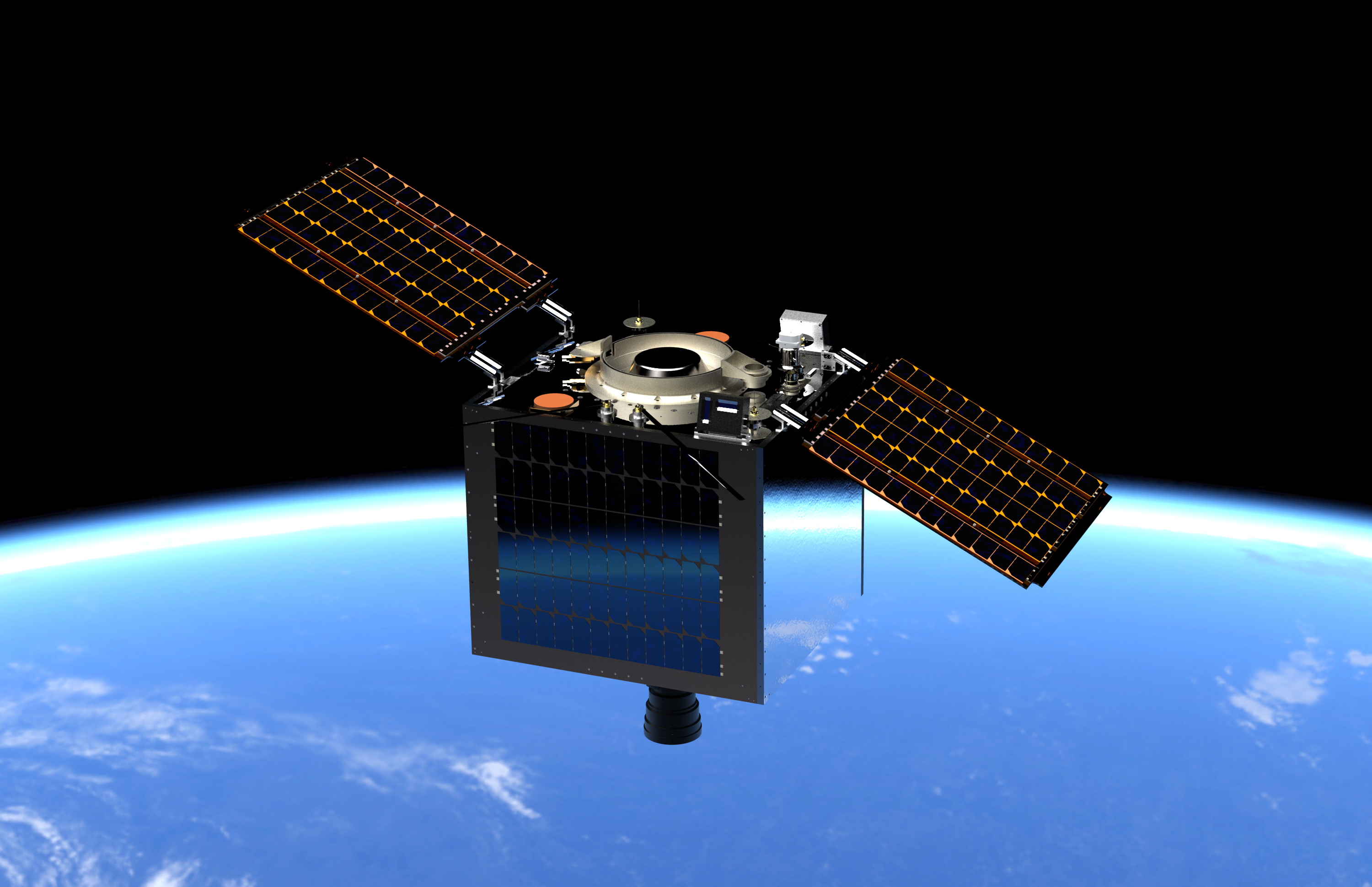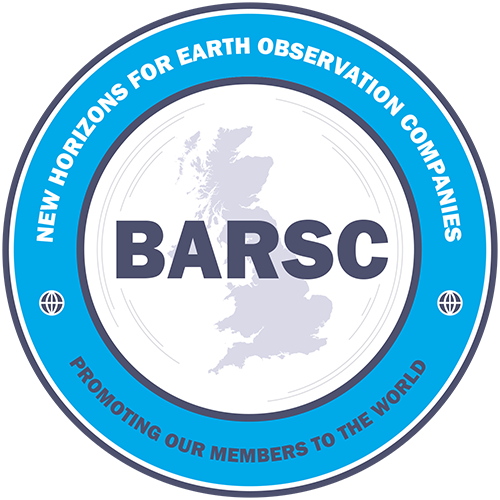Surrey Satellite Technology Ltd (SSTL) and the Advanced Satellite for the Philippines and Know-how Transfer for the Philippines (ASP) Project of the Space Technology Applications Mastery, Innovation and Advancement (STAMINA4Space) Program are pleased to announce that the newly-named MULA (Multi-spectral Unit for Land Assessment) satellite has passed its Qualification Status Review at SSTL – a key Design phase milestone.
The project is implemented by the University of the Philippines Diliman (UPD) and the DOST-Advanced Science and Technology Institute (DOST-ASTI) in coordination with the Philippine Space Agency (PhilSA).
SSTL is providing a Know-How Technology Training Programme to develop the design of the MULA satellite, an Earth Observation small satellite based on SSTL’s new 130kg TrueColour spacecraft.

MULA will provide 5m resolution imaging with a wide swath width of 120km and will utilize 9 spectral bands for a range of environmental applications including wide area disaster management, land use and land cover change mapping, crop monitoring, and forestry management.
The satellite will also fly AIS (Automatic Identification System) and ADS-B (Automatic Dependent Surveillance – Broadcast) payloads for ship and aircraft detection and tracking.
Phil Brownnett, SSTL’s Managing Director, said “I am delighted that we are building on our existing relationship with the Philippines with this new collaboration for the MULA spacecraft. Teaming with the Filipino Customer Engineers, we will be developing the design of MULA to incorporate our powerful and versatile TrueColour imaging technologies – a new benchmark for Earth Observation capabilities at this mass and price point.”
The new Know-How Transfer Programme for the Philippines will be the 21st training course delivered by SSTL to international customers over a period of more than 30 years.
TrueColour is an evolution of SSTL’s DMC satellite, and has been innovatively designed to combine a number of colour bands with a 5m resolution and a wide swath width in a small satellite mass of just 130kg. TrueColour’s 9 spectral bands have been selected to complement ESA’s Sentinel imaging bands.
Dr. Joel Marciano, Jr Director-General of PhilSA said “When we build satellites, we also aim to boost local industrial capabilities for producing high reliability systems. These are differentiated by their ability to work well in difficult and harsh environments (such as space), and can be at the core of globally competitive products.
Furthermore, we use the satellites to generate images and other data, which we control and mobilize to support evidence-based policies for better governance, leading to productive communities and inclusive development. This is in line with PhilSA’s mission of value addition and creation from space that supports societal benefit and economic development.”
DOST Secretary Fortunato Dela Peña said “We have come a long way since the launching of Diwata-1 microsatellite to the International Space Station(ISS) in 2016, but there is still a lot of work to be done. More than the building of infrastructures and creation of micro-satellites, we have to train our young Filipino engineers.
I am glad that several of our Filipino engineers have already started their training in the United Kingdom under the guidance of the Surrey Space Technology Ltd (SSTL), one of the leading providers of small satellite development and know-how transfer in the world. I commend these young Filipino engineers for continuously working hard to produce promising research and development (R&D) outputs, particularly their work on the Multispectral Unit for Land Assessment (MULA) satellite.
I am very happy to note that they have just passed the Qualification Status Review (QSR), which is a crucial stage in the satellite’s design phase throughout their satellite development training with the SSTL of the United Kingdom (UK). Kudos to the whole team.”
In 2019 SSTL and DOST-ASTI signed a contract for the provision of a share of the tasking and data acquisition services from NovaSAR-1, SSTL’s small S-Band radar satellite launched in September 2018.
That agreement gives DOST-ASTI tasking priorities over the Philippines and the ability to access the raw data directly from the satellite, with a license to use and share the data with their partners over an initial 5 year period, extendable to the actual lifespan of the satellite.

